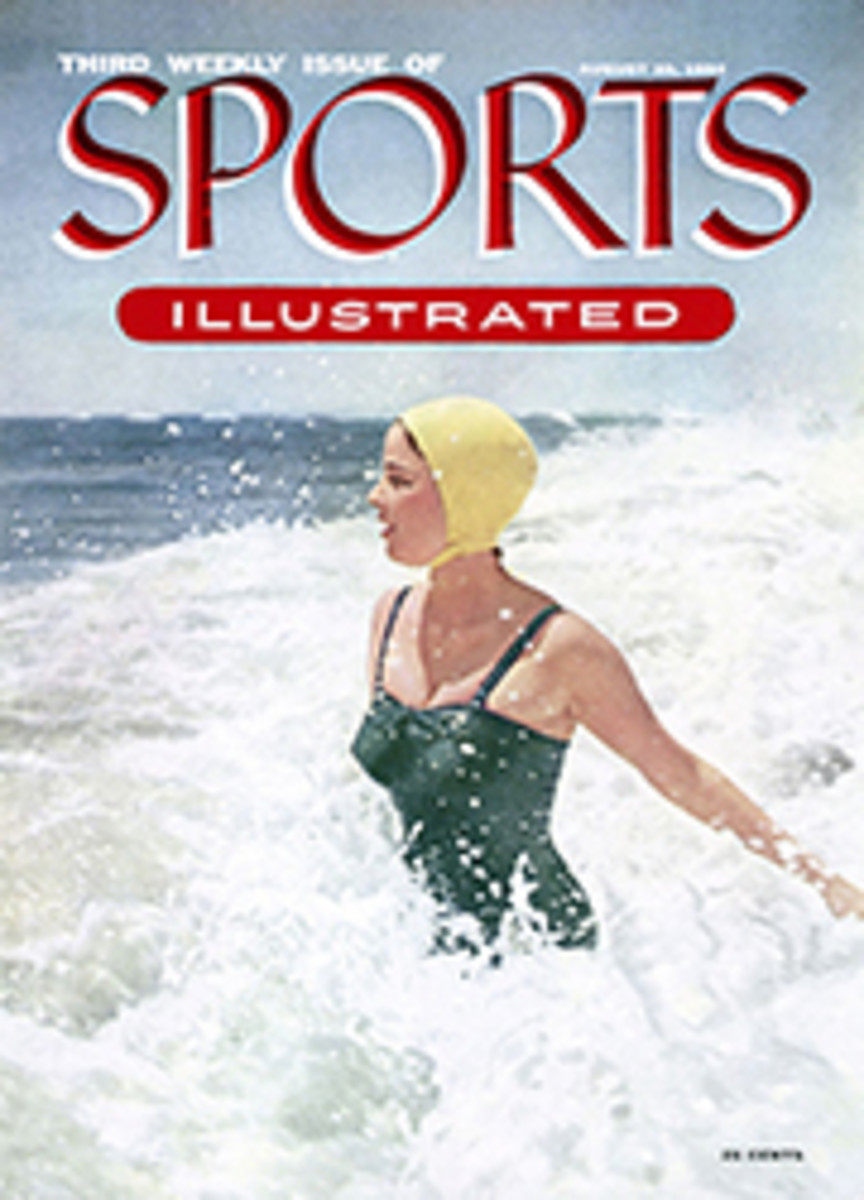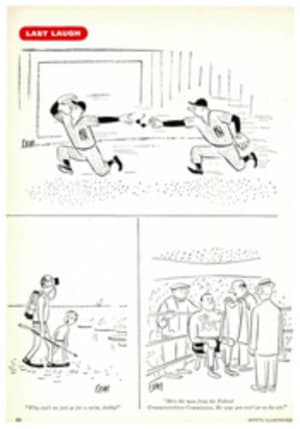
Under The Anheuser-Busch
Forming a top-notch bowling team is as big a gamble as buying a colt at a yearling sale. No matter how matchless its background, you can't know until after the race whether you have a champion or a plug. Time and again a sponsor has lined up five of the country's best bowlers, only to discover too late that they weren't temperamentally suited to roll as a team.
Summer is the time when these risky decisions are made, and the past few weeks have brought interesting realignments and one brand-new outfit—the Budweiser quintet of St. Louis. In organizing the Budweiser team Whitey Harris seems to have avoided the errors many captains commit when they suddenly are handed $25,000 to $50,000 and told: "Get us a championship team." He not only has acquired five individual stars, including National Champion Don Carter, but each already has proved himself a team man.
In addition to Carter, who won the U.S. title the past two years and helped the great Pfeiffers of Detroit capture more awards than any team in bowling history, the Budweisers include Don McClaren and Billy Welu, current American Bowling Congress doubles champions; Ray Bluth, winner of several top sweepstakes, who has a 124-game average of 200 plus in the All Star Classic; and Pat Patterson, also a leading money winner, who rolled a 300 game and averaged 213 in the St. Louis Major League last season.
Whether the Budweisers will prove a threat to the Strohs of Detroit, U.S. match game champions, remains to be seen. Usually men must roll together for several years before they become a great team. Harris' combination has an advantage, however, in that every member was raised in St. Louis and has rolled with or against the others before.
The Pfeiffers, meanwhile, have found a strong replacement for Carter. He is Bill Lillard, obtained from the former Jockey-Coopers of Chicago. Lillard, one of the country's best at 26, was junior champion of Texas and moved to Chicago after winning the Texas State all-events title in 1951. He was runner-up for the national championship the same year, finished third in 1952 and last season was second-high-average man in the North End Traveling League with 206. The other members of the Pfeiffer team, which won two consecutive ABC titles and held the U.S. title from 1949 till the end of 1952, have been rolling together since 1945.
STROHS ARE STRONGER
The champion Strohs appear to have gained strength since they unseated the Pfeiffers. Of all the top teams in the country, Stroh is the only one to remain intact this year. To give you an idea how tough they will be to beat, five Strohs finished among the seven high-average men in the Detroit Times All-Star Classic, a traveling league. Basil ("Buzz") Fazio hit 215, Ed Lu-banski 209, Tom Hennessey 207, Tony Lindemann 206 and Lee Jouglard 203. Pete Carter, the "sixth man," averaged 204. Only Young (208) and Gibson (205), both of the Pfeiffers, able to crack the solid Stroh front.
Of the nation's other strong teams, probably the best are the King Louies of Cleveland (Johnny Klares, John Petro, Al Novak, Joe Kissoff and Hank Claypoole) and the Buddy Bomar-Ned Day-Richard ("Robby") Robinson-CharlesHamilton-Earl Johnson quintet of Chicago. Johnson was brought in from Tacoma, Wash, to replace Lillard.
The East has not come up with a strong challenger since the championships began in 1934. This is largely because no sponsor has yet put up the $25,000 plus each year for a minimum of three years required to build a team of championship caliber.
The Steeles of Middletown, Ohio may never win the U.S. title, but they are almost certain to set some sort of record. A. J. Steele (average 169) is lead-off man. He is followed by his four sons—Robert (180), Ken (180), Mel (189) and C. E. Steele (182). The team used to practice against another Steele team composed of Mrs. A. J. Steele and her four daughters-in-law. Two of the girls were forced to drop out, however, because of additions to the family. Pop Steele, now in his 60s, figures he can keep going until the oldest grandson replaces him in the line-up.
OUT OF CHARACTER
A DANDY PERFORMER
Whether as a wigged actor (right) in a French movie or as a fighter with a hard right cross, this man always was a crowd pleaser. Though he had never scaled over the light-heavyweight limit, he was brought to the U.S. by Tex Rickard in 1921 to fight Jack Dempsey for the first million-dollar gate. Gallant as he was, this fighter was no match for Dempsey. Biding his time, the champion scored a knockout in the fourth round over:
GEORGE CARPENTIER
 
PHOTO
ILLUSTRATION

